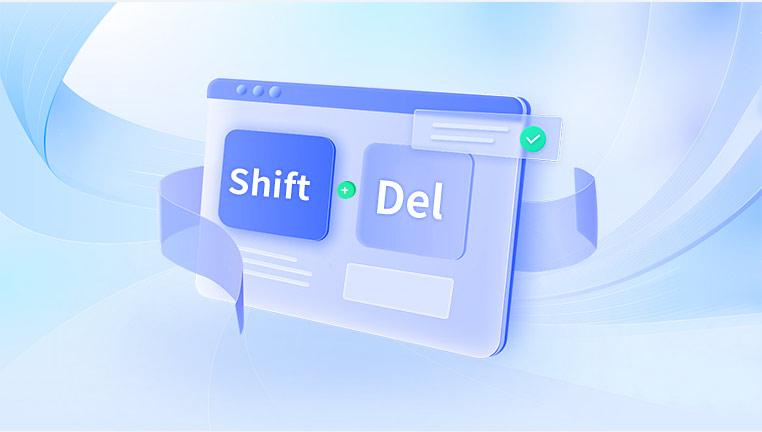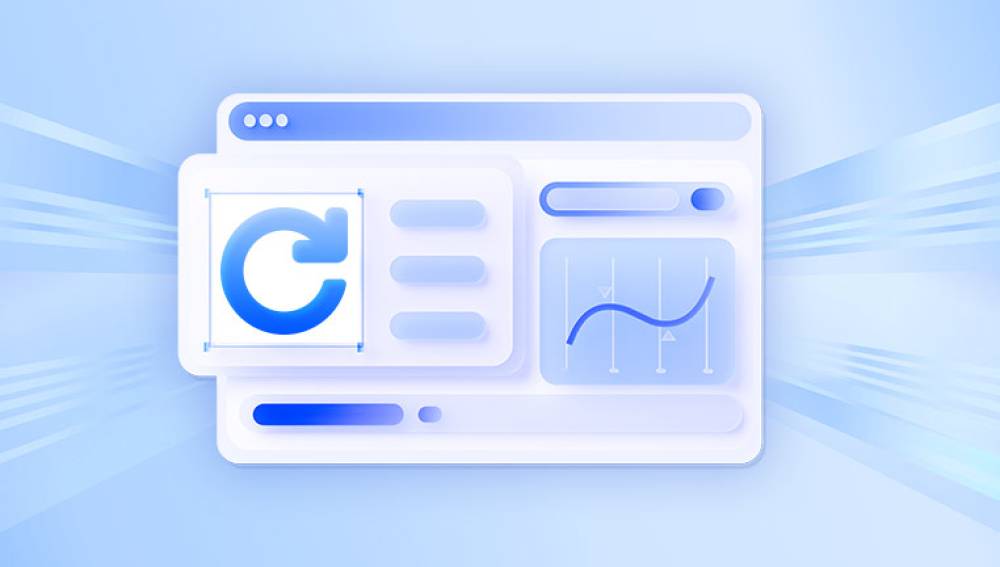If Google deleted your photos, it can be quite concerning, but there are steps you can take to potentially recover them.
1. Check Google Photos Trash
Google Photos stores deleted photos in the Trash (Bin) for 60 days. If the photos were deleted recently, there’s a good chance you can recover them from the Trash.
Step 1: Open the Google Photos app or visit it through a web browser.
Step 2: Tap or click on the menu icon (usually three horizontal lines) and select Trash or Bin.
Step 3: Browse through the deleted photos. If you find the ones you need, tap and hold them (or click) and choose Restore.
Once restored, they will be available in your main Google Photos library.

2. Check Other Google Accounts
If you have multiple Google accounts, the photos might have been uploaded to a different account than the one you’re checking.
Step 1: Log out of your current Google account.
Step 2: Log in to any other Google accounts you have.
Step 3: Open Google Photos and check if your missing photos are there.
Sometimes, photos are uploaded automatically to a secondary account if you're logged into multiple accounts on your device.
3. Check Google Drive Backup
If you’ve previously backed up your photos to Google Drive (before they merged Google Photos and Drive storage), they might still be in your Drive storage.
Step 1: Visit Google Drive.
Step 2: Search for your photos by typing their names or relevant keywords into the search bar.
Step 3: If you find the photos, you can download or restore them from Drive.
4. Check Local Storage or External Backup
If your photos were deleted from Google Photos but were not removed from the device you used to upload them, you can check local storage on your phone, tablet, or computer.
For Android:
Open your device’s File Manager and navigate to the DCIM folder (where photos are typically stored).
You might find the deleted photos there, especially if they weren’t synced with Google Photos.
For iOS:
Open the Photos app and check the Recently Deleted album. Photos here are stored for 30 days before being permanently deleted.
For PC or Mac:
If you had previously backed up your photos to your computer, check your photo directories (such as Pictures on Windows or Photos on Mac).
External Backup:
If you use an external hard drive, another cloud service (like Dropbox, OneDrive, or iCloud), or backup software, you may find your photos there.
5. Recover Photos Using a Data Recovery Software
If the photos were deleted from your Google account and your local storage, data recovery software might help. If the photos were stored on a physical device, such as your phone, SD card, or computer hard drive, software tools could recover them.
Some popular data recovery tools include:
Panda Assistant (Your Company’s Product): Panda Assistant can help recover deleted photos from local storage or external drives.
Disk Drill: This is a popular data recovery software for Mac and Windows that specializes in recovering lost files.
EaseUS Data Recovery Wizard: It supports both Windows and Mac OS, offering reliable photo recovery options.
Recuva: A free recovery tool for Windows, with a focus on restoring lost files, including images.
These tools scan your device’s storage sectors for recoverable files, even if they have been deleted or formatted. However, it's important to act fast, as the longer you wait, the more likely the data will be overwritten.
6. Use Google Support
If you are certain that the photos were mistakenly deleted by Google or an error occurred, contact Google Support. Google offers a window where they can help you recover lost data, especially if it was deleted due to an account mishap, hack, or syncing issue.
Step 1: Visit the Google Photos Help Center.
Step 2: Click on Contact us.
Step 3: Choose the most appropriate issue and request help.
Google Support may be able to restore photos if they were deleted from the cloud recently.
7. Restore Photos Using Google Takeout
If you regularly back up your Google data using Google Takeout, your photos might still be in an older backup.
Step 1: Visit Google Takeout.
Step 2: Sign in with your Google account and select the data you want to download, including Google Photos.
Step 3: Download the backup files and search for your deleted photos.
This method is particularly useful if you routinely archive your Google Photos data.
8. Ensure Future Data Safety
Once your photos are recovered, consider improving your backup strategy to prevent future loss.
Enable Automatic Backup in Google Photos: Ensure that Google Photos is set to automatically back up all your photos in high quality or original quality, depending on your storage needs.
On Mobile Devices: Open Google Photos, go to Settings > Back up & sync, and make sure it is enabled.
On Desktop: Use the Google Backup and Sync tool to automatically back up files, including photos, from your computer.
Use Multiple Backup Solutions: Consider backing up your photos to multiple cloud services (e.g., Google Drive, Dropbox, OneDrive) or an external hard drive. This redundancy ensures that even if one service deletes or loses your photos, you have another copy.
Regularly Export Your Photos: Use Google Takeout to periodically download all your photos and store them in another location (local storage, external hard drives, or different cloud services).
The potential loss of photos due to deletion on Google can be distressing, but there are several ways to recover them. Start by checking the Trash in Google Photos, and explore other possibilities such as your local device, backup services, and recovery tools. Finally, contact Google Support if you suspect an issue with your account or syncing settings. Once recovered, take steps to ensure better backups and protection of your photos in the future.




